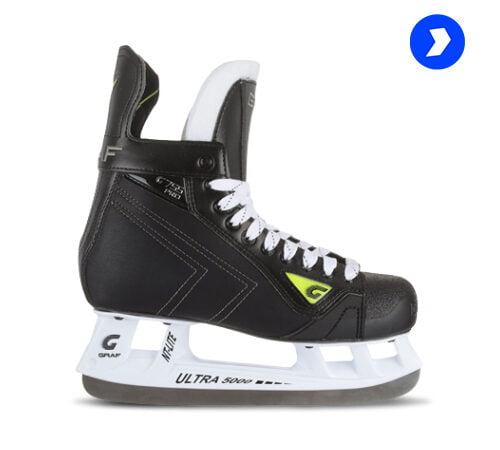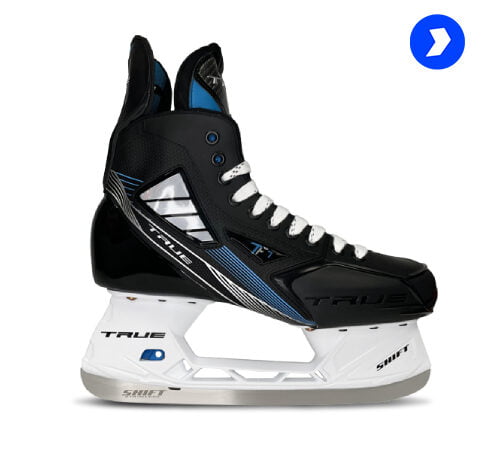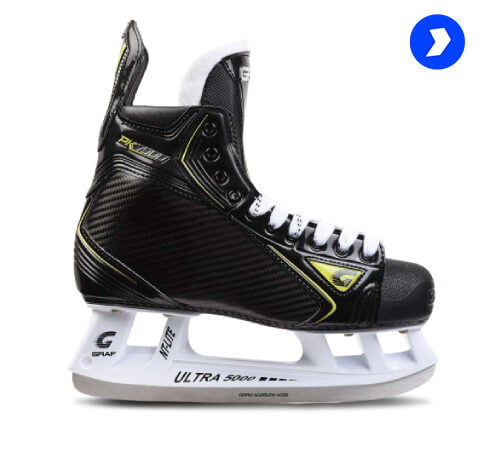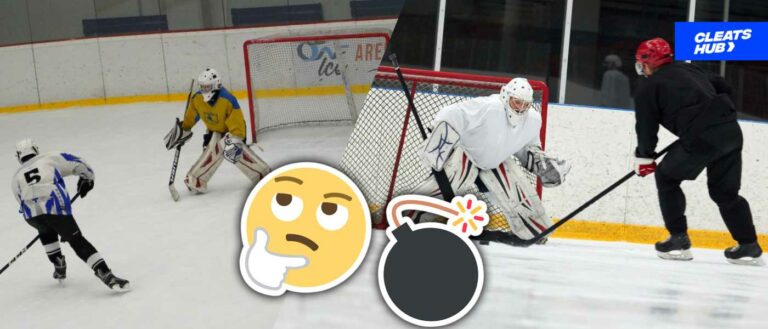How Long Is An Ice Hockey Game? (NHL & Recreational)
The game can be played by two teams of six players each on a rectangular ice rink. There are delays, breaks, and intermissions in an Ice Hockey game. Which makes the overall duration longer than in other sports such as football or basketball.
In this blog post, we will discuss in detail how long an Ice Hockey game lasts. And how the time duration varies among NHL, College games, and Recreation games in Ice Hockey! Let’s begin!
Standard Time Of The Ice Hockey Game
The Ice Hockey game duration is divided into three periods of 20 minutes each. The standard Ice Hockey game duration is about 60-70 minutes long. However, the Ice Hockey game duration may differ in different leagues across the globe.
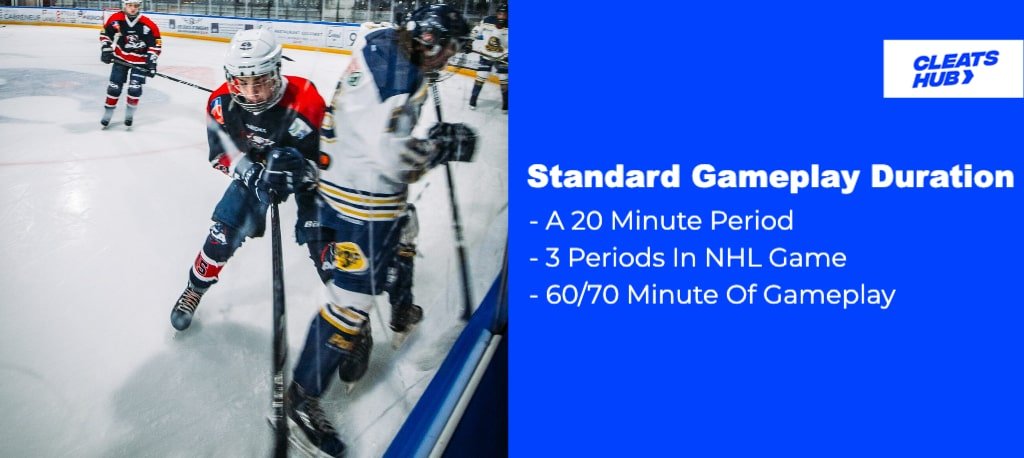
For example, the National Hockey League (NHL) plays three 20-minute periods with an intermission between each period. Whereas, the Olympic Ice Hockey tournament has two 30-minute halves with a 15-minute break in between.
Expected Delays In Ice Hockey Game:
If you’re planning to watch an Ice Hockey fixture at venue, or even at the comfort of your home. We will be giving you an estimate of how long the game will be including all the stoppages, delays or whatsoever reasons.
Which can be counted as a factor in game time. The main reason for these delays is because of the many stoppages in play. Some of these stoppages include:
- Penalties
- Power Plays
- Faceoffs
- TV Timeouts
- Ice Resurfacing
- End of Periods
Penalties:
A penalty in Ice Hockey is when a player commits an infraction that leads to their team being disadvantaged for some time. The most common type of penalty is a minor penalty, which lasts for two minutes.
Major penalties are given for more serious offenses and last for five minutes. If a goal is scored by the opposing team while a player is serving a minor or major penalty, the penalized player may return to the ice.
Some other types of penalties include misconduct (which leads to ten minutes in the penalty box) and game misconduct (which results in ejection from the game).
Power Plays:
A power play occurs when one team has more players on the ice than the other team as a result of a penalty. The team with more players is said to have a “power play” and the opposing team is said to be “short-handed.”
Power plays usually last for two minutes, but can sometimes last for longer if multiple penalties are called against one team.
Face-Offs:
A face-off is when two opposing players stand across from each other at center ice and attempt to gain control of the puck. Face-offs are used to start periods of play and after goals are scored.
After a stoppage in play, both teams must line up on their respective side of the red line before the face-off can take place.
TV Timeouts:
TV timeouts are breaks in play that occur at certain points in the game so that networks can show commercials. In the NHL, there are two TV timeouts per period which last for about two minutes each.
Ice Resurfacing:
Ice resurfacing is a process that is used to clean and smooth the ice surface. This is done using a machine called a Zamboni. Ice resurfacing usually takes place after every period and during intermissions.
As such, an ice resurfacer is often referred to as a “Zamboni” regardless of brand or manufacturer.
Wikipedia
End Of Periods:
At the end of each period, the Ice Hockey rink must be cleaned and resurfaced before the next period can begin. This process usually takes about five minutes to complete.
The Overtime Factor:
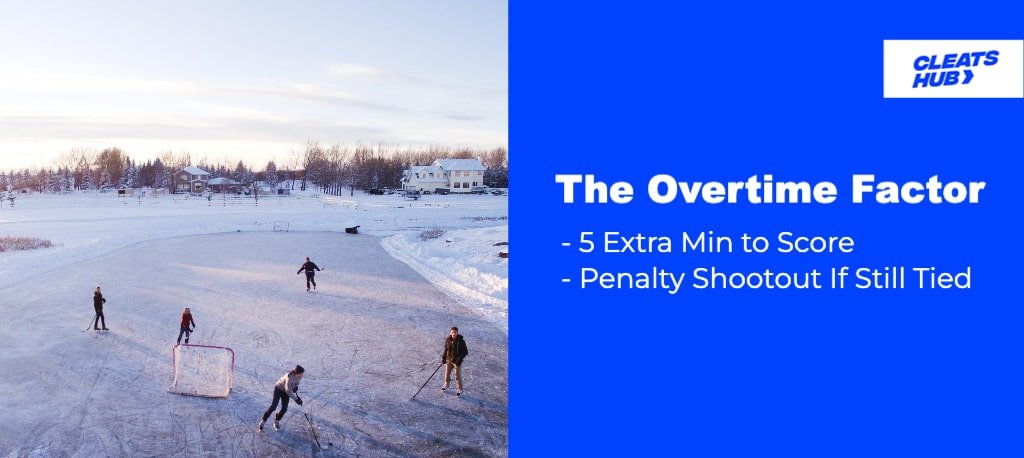
In Ice Hockey, if the game is tied at the end of regulation time, then an overtime period is played to determine a winner. Overtime periods usually last for five minutes, but can sometimes last for longer if multiple goals are scored.
If no team has scored after the overtime period has ended, then a shootout takes place.
In a shootout, each team has three players attempt to score on the opposing goalie. The team with the most goals after all six-shooters have taken their shots is declared the winner.
Overtime In Play-Offs?
In the NHL playoffs, if the game is tied at the end of regulation time, then an overtime period is played to determine a winner. However, in contrast to regular-season overtime, the NHL playoff overtime period is a “sudden death” period where the first team to score is declared the winner.
This means that there is no shootout and the game ends immediately after the first goal is scored. The overtime period in the playoffs usually lasts for 20 minutes, but can sometimes last for longer if multiple goals are scored.
As you can see, Ice Hockey games can vary greatly in terms of duration. The length of an Ice Hockey game is typically around two and a half hours, but can sometimes be much shorter or much longer depending on the circumstances.
For example, if there are a lot of power plays or if the game goes into overtime, then the game will be longer than usual.
On the other hand, if there are few stoppages in play and no goals are scored in overtime, then the game will be shorter than usual.
Ice Hockey Duration In College:
The average Ice Hockey game in college lasts for about one and a half hours. This is significantly shorter than the NHL. Which typically has games that last for around two and a half hours, or even 3-4 hours sometimes.
There are a few reasons for this. Firstly, Ice Hockey games in college are typically played with less intensity than NHL games.
Secondly, there are typically more stoppages in play in college games. It is due to the referees stopping the game to allow players to gather their equipment after fights or when there is blood on the ice.
Finally, college games do not have overtime periods or shootouts, so if the game is tied at the end of regulation time, then the game ends immediately.

Ice Hockey Duration In Recreational Games:
Ice Hockey game duration in youth leagues and recreation games can vary greatly depending on the age group. For younger age groups (e.g. under-10), games typically last for around 30 minutes to an hour.
This is because these age groups typically do not have overtime periods or shootouts, so the game ends immediately after the first goal is scored or after the end of regulation time, whichever comes first.
For older age groups (e.g. over-18), games typically last for around two hours. This is because these age groups often have overtime periods and shootouts, so the game can sometimes go on for a long time.
However, the duration of Ice Hockey games in recreation leagues is typically shorter than the duration of Ice Hockey games in college or the NHL.
Bottom Line:
So how long is an Ice Hockey game? It all depends on the situation! Depending on what level you’re playing at. NHL, college, youth league, or re-creation – you can expect games to last anywhere from one to two and a half hours.
The intensity of the game, the number of stoppages in play. And whether or not there is overtime all play a role in determining the duration of an Ice Hockey game.
One thing is for sure – You’re gonna have fun watching it despite the duration. Because Ice Hockey is one of the most entertaining games in the sporting world. Thanks for reading and we hope this article was helpful. Also, take a look at our informative Ice Hockey Section for more.
Psstt…. The Top Performing Cleats


